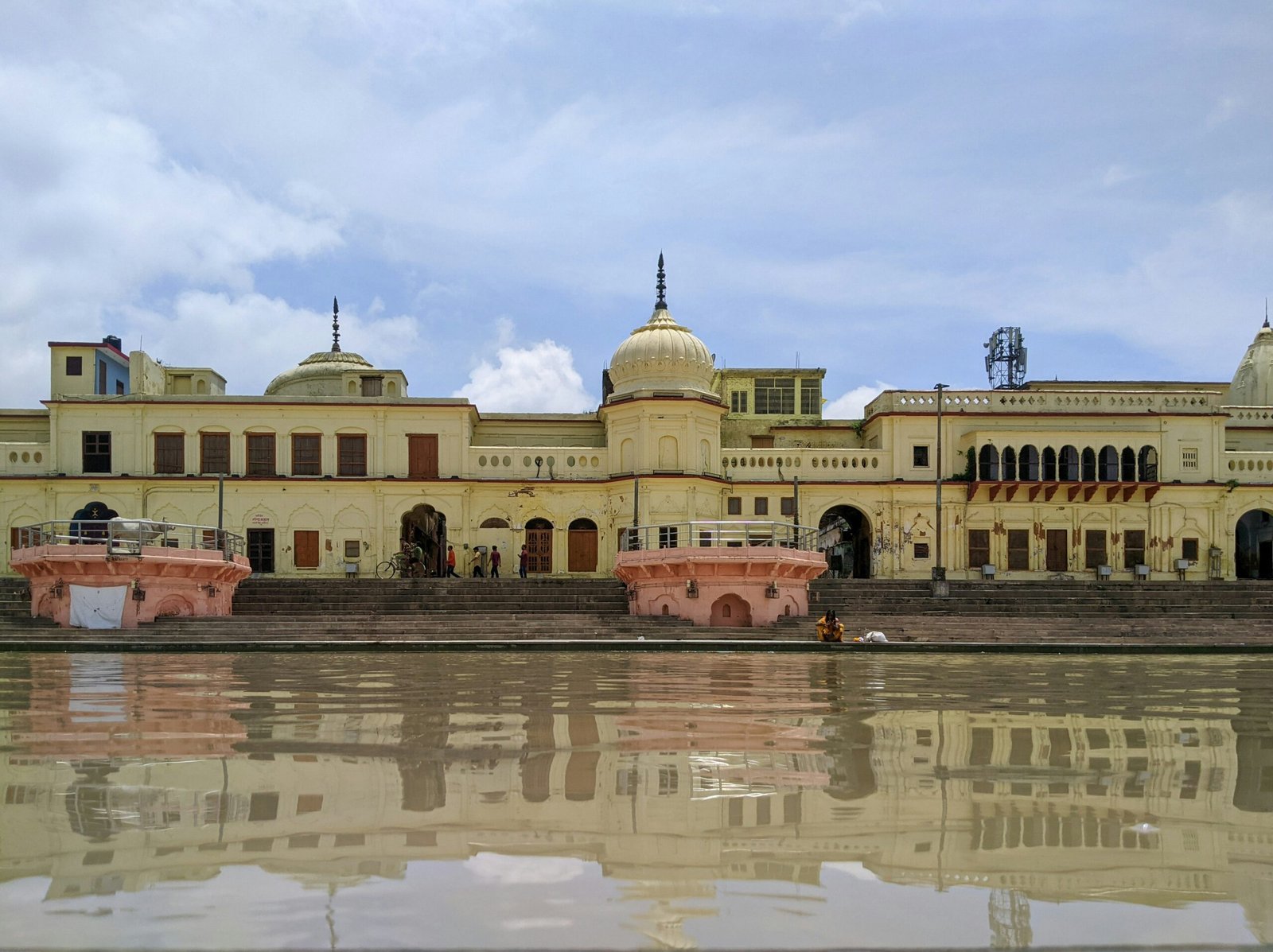Ayodhya, the ancient city nestled on the banks of the sacred Sarayu River, holds a special place in the hearts of millions of devotees. Revered as the birthplace of Lord Rama, Ayodhya is home to the Ayodhya Mandir, a place of great religious significance and historical importance. In this article, we will explore the facilities available at the Ayodhya Mandir, the delectable food options, how to reach this sacred destination, and delve into its captivating history.
Facilities at Ayodhya Mandir
Upon arriving at the Ayodhya Mandir, visitors are greeted by a serene and peaceful atmosphere. The temple complex offers a range of facilities to ensure a comfortable and fulfilling visit. Clean and well-maintained restrooms are available for devotees, along with seating areas for relaxation and meditation. The temple authorities have also made provisions for the differently-abled, ensuring that everyone can access and experience the divine energy of the Ayodhya Mandir.
Delectable Food Options
No spiritual journey is complete without satisfying the hunger of the body. Ayodhya Mandir understands this and offers a variety of delicious food options for devotees. The temple has clean and hygienic dining facilities where visitors can relish vegetarian meals prepared with utmost devotion. From traditional Indian delicacies to simple yet flavorful dishes, the Ayodhya Mandir caters to the diverse culinary preferences of its visitors.
It is worth mentioning that the food served at the Ayodhya Mandir is not just a means to satiate hunger, but also a way to experience the essence of Ayodhya’s rich cultural heritage. The flavors and aromas of the food transport devotees to a bygone era, where devotion and culinary artistry intertwine to create a truly memorable experience.
How to Reach Ayodhya Mandir
Ayodhya is well-connected to major cities in India by road, rail, and air. Here are the different modes of transportation to reach Ayodhya Mandir:
By Road:
Ayodhya has excellent road connectivity, and visitors can easily reach the Ayodhya Mandir by private or public transport. The city is well-connected to major highways, making it accessible from nearby towns and cities.
By Rail:
Ayodhya has its own railway station, which is well-connected to major cities across India. Regular trains ply to and from Ayodhya, making it convenient for devotees to visit the Ayodhya Mandir.
By Air:
The nearest airport to Ayodhya is the Faizabad Airport, which is approximately 7 kilometers away. Visitors can take a taxi or a bus from the airport to reach the Ayodhya Mandir.
The Captivating History of Ayodhya Mandir
The Ayodhya Mandir holds a significant place in Hindu mythology and history. It is believed to be the birthplace of Lord Rama, the seventh avatar of Lord Vishnu. The temple complex is said to have been built by King Dasharatha, Lord Rama’s father, thousands of years ago.
Over the centuries, the Ayodhya Mandir has witnessed various transformations and renovations. It has been a symbol of devotion and resilience, surviving numerous invasions and conflicts. The temple complex, with its intricate architecture and exquisite carvings, stands as a testament to the rich cultural heritage of Ayodhya.
The Ayodhya Mandir reached the pinnacle of controversy in recent times due to the Babri Masjid-Ram Janmabhoomi dispute. After a long-standing legal battle, the Supreme Court of India ruled in favor of building a grand Ram Temple at the disputed site, marking a significant milestone in the history of the Ayodhya Mandir.
Today, the Ayodhya Mandir stands tall, not only as a place of worship but also as a symbol of unity and harmony. It attracts devotees from all over the world, who come to seek solace, find spiritual enlightenment, and pay homage to Lord Rama.
In conclusion, a visit to the Ayodhya Mandir is a journey that combines spirituality, history, and cultural immersion. With its modern facilities, delectable food options, and ease of accessibility, the Ayodhya Mandir offers a truly enriching experience for all who seek to connect with their inner selves and be a part of Ayodhya’s rich heritage.


